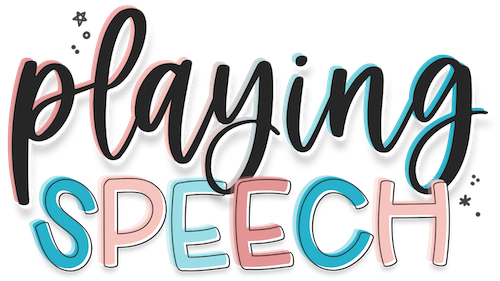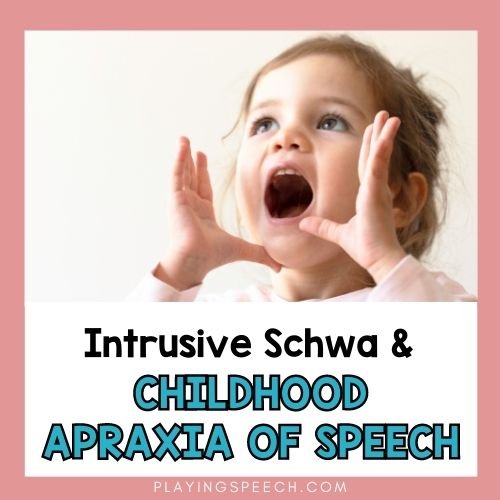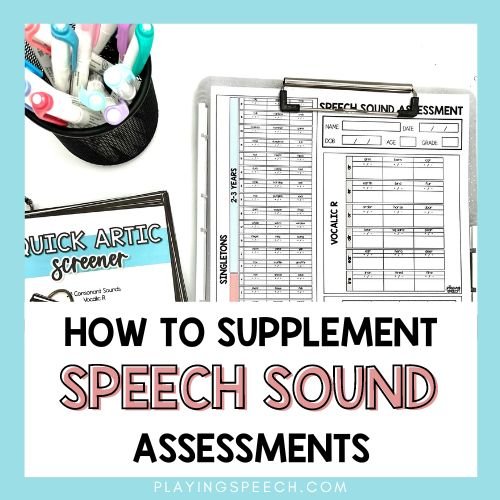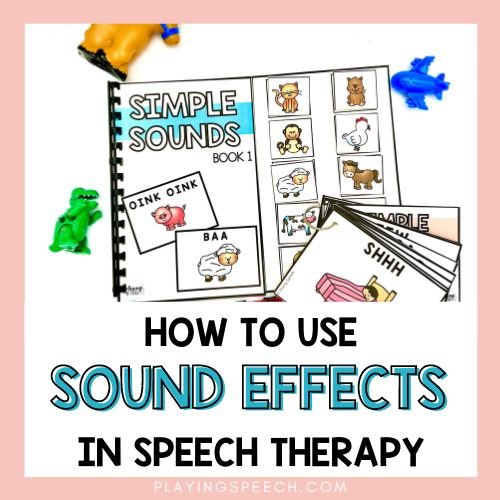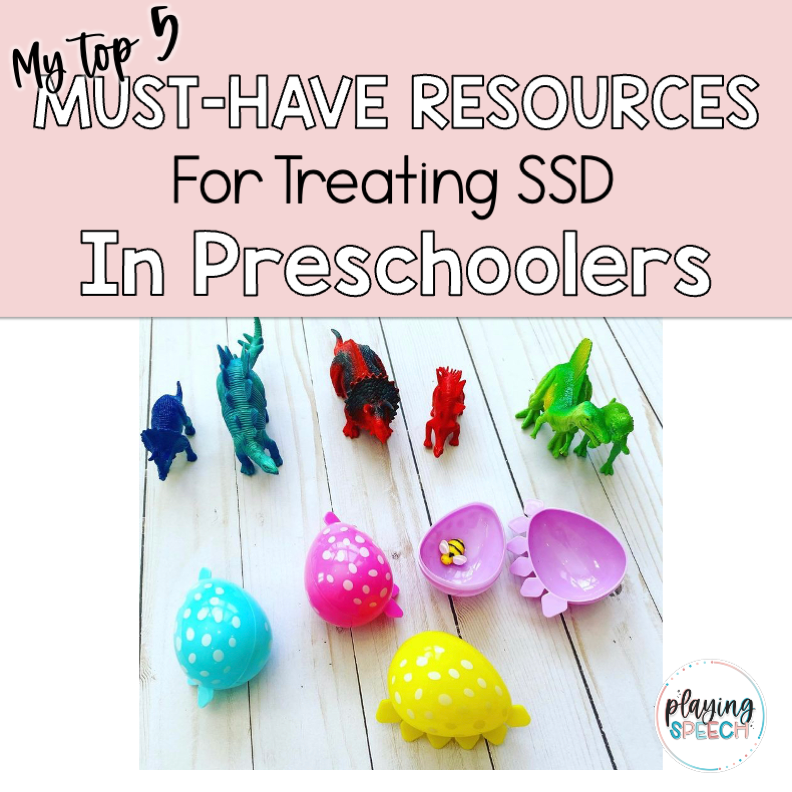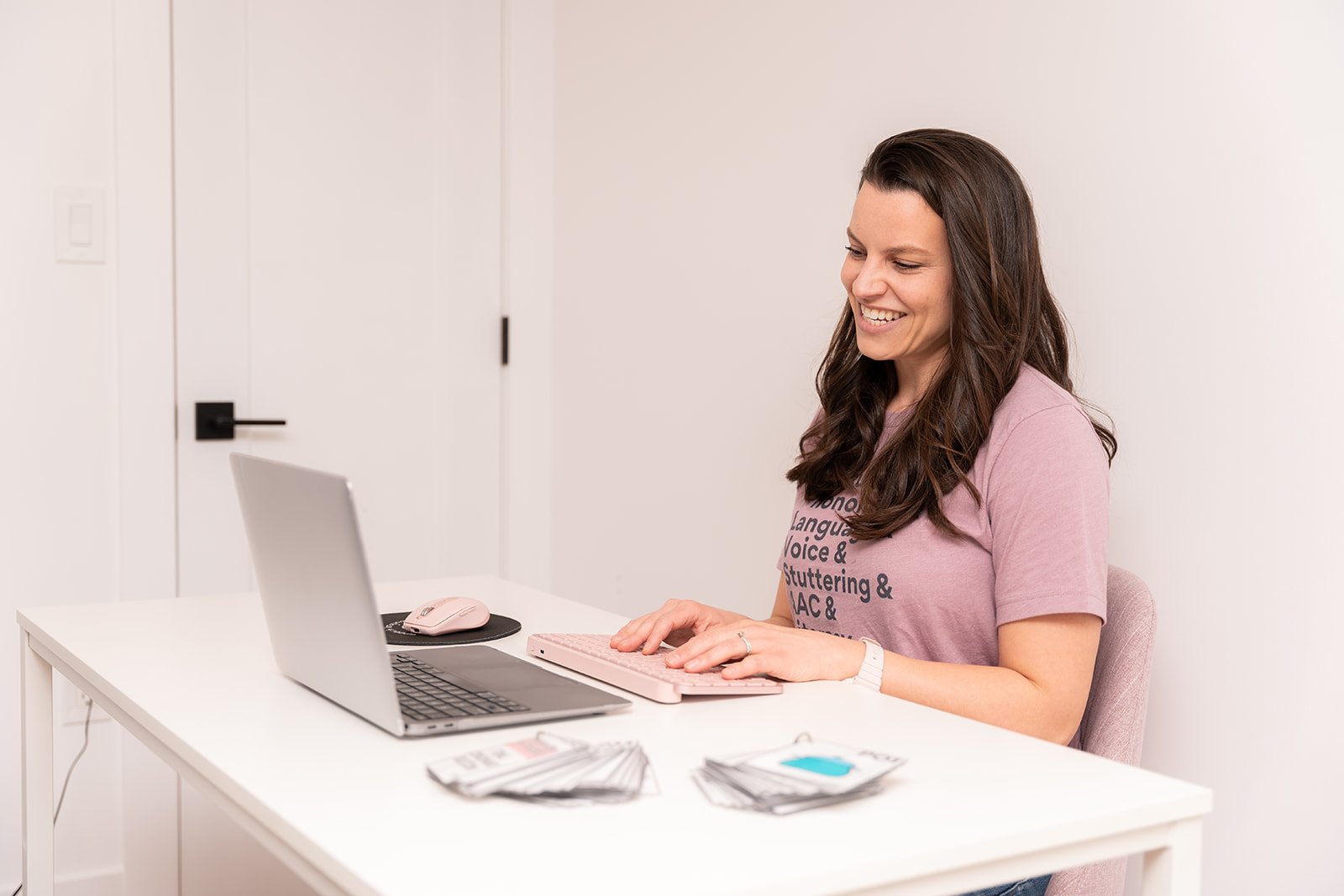
BLOG
Check out my blog to read all about speech sound disorders. Topics include the Cycles Approach for phonological processes, Minimal Pairs Therapy, speech sound assessments and more!
How to Target Stopping in Speech Therapy
Struggling with stopping in speech therapy? Learn practical tips, go-to strategies, and favorite tools for tackling stopping in a fun, effective way. From using minimal pairs to sneaking in S clusters with the Cycles Approach, this blog has everything you need to help your kiddos say “sun” instead of “tun.” Plus, grab two easy-to-use resources to make your therapy planning a breeze!
Phonological Awareness and Phonics for Preschoolers with Speech Sound Disorders
Discover engaging phonological awareness activities for preschool and kindergarten! Learn how to effectively target phonological awareness with preschoolers through fun, interactive strategies. From rhyming games to sound segmentation, explore creative preschool phonological awareness activities to build essential early literacy skills.
Complex Clusters in Speech Therapy: Faster Progress Using the Complexity Approach!
Unlock faster progress in speech therapy by targeting consonant clusters! In this blog, we explore how two- and three-element clusters can boost phonological development, especially in children with speech sound disorders. By strategically selecting clusters based on their complexity and a child’s phonemic abilities, therapists can facilitate broader generalization and greater system-wide improvements. Learn about the impact of sonority differences, guidelines for choosing clusters, and evidence-based strategies that make consonant clusters a powerful tool for enhancing speech intelligibility and achieving efficient, lasting results in speech therapy!
Why Crafts Are A Great Speech Therapy Activity: Lots of Engagement with No Prep Speech Therapy
Crafts in speech therapy can be a polarizing topic. Many therapists are anti-craft, feeling that the prep time, mess, and effort simply outweigh the benefits. It can seem like more work than it's worth, especially when you consider the time needed to gather supplies, manage multiple students, and fit the craft into a productive therapy session. However, with the right approach, crafts can actually be a powerful tool in speech therapy, providing multiple benefits for both therapists and students.
Work Smarter, Not Harder: Why SLPs Should Target S Clusters When Using the Cycles Approach!
Discover why targeting S clusters during the Cycles Approach in speech therapy gets you more bang for your therapy buck. Work smarter, not harder when remediating phonological disorders in speech therapy using the Cycles Approach.
The Cycles Approach, Minimal Pairs, or Complexity Approach in Speech Therapy: What’s The Difference?
Compare and contrast 3 different phonological interventions for phonological disorders in speech therapy: The Cycles Approach, Minimal Pairs, and the Complexity Approach.
Speech Therapy Homework: Should We Be Giving Homework in Speech Therapy?
Should we given homework in speech therapy? WE outline the pros and cons of speech therapy homework. Then we offer a simple solution to speech therapy articulation homework!
Visual Cue Cards for Speech Therapy: Why You Should Be Using Them!
Why we should be using visual cue cards in speech therapy. More importantly, why it is better to use real life mouth photos versus cartoon or drawn visual cue cards.
The Building Blocks of Communication: The Importance of Syntax in Preschool Speech Therapy
How to target syntax and grammar in preschool speech therapy. Different interventions for grammar and syntax to use in speech therapy.
Home Practice for the Cycles Approach for Phonological Disorders: To Send or Not to Send!
Do you give homework when using the Cycles Approach in speech therapy? What homework do you give when using the Cycles Approach? The Cycles Approach was developed by Barabara Hodson to treat phonological disorders in young children.
Targeting Stopping with the Cycles Approach
Do we target stopping when using the Cycles Approach for phonological disorders? The blog tells you everything you need to know about targeting stopping when using Hodson’s Cycles Approach.
Intrusive Schwa and Children with Childhood Apraxia of Speech
How to treat intrusive schwa in childhood apraxia of speech
The Ultimate Guide to Speech Intelligibility in Toddlers
How much of a toddler’s speech should I understand? How much if a toddler’s speech should strangers understand? Do toddlers need speech therapy?
Everything You Need to Know About Toddlers and Speech Sound Disorders
How to identify and treat speech sound disorders in toddlers. Does my toddler have a speech problem? How to fix speech sound disorders in toddlers.
Why We Need to Work on Vowels in Speech Therapy
Why vowel sounds are important for speech sound production and how to target vowel sounds in speech therapy.
Why You Need to Supplement a Speech Sound Assessment
How to supplement a standardized assessment of speech sounds with an informal assessment of speech sound disorders for preschool and school-aged speech therapy
Using Sound Effects, Symbolic Words and Exclamatory Words in Early Intervention and with Apraxia of Speech
How to use sound effects, symbolic sounds, and exclamatory words in speech therapy with late talkers and children with childhood apraxia of speech.
The Cycles Approach for Phonological Patterns: How to Choose Targets
How to choose the best target words when using the Cycles Approach for Phonology to make the most progress with your speech therapy students.
